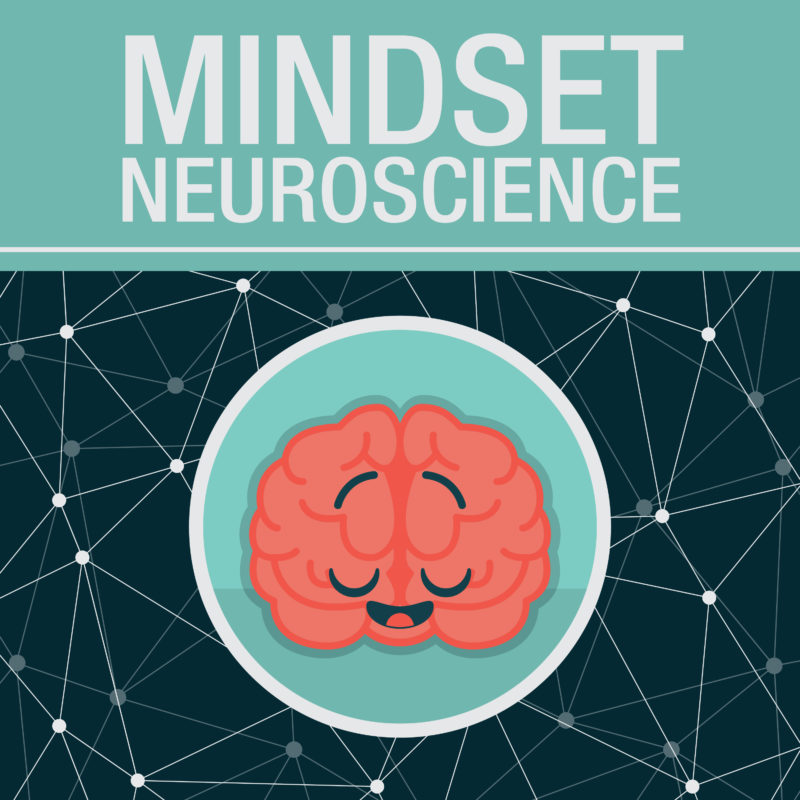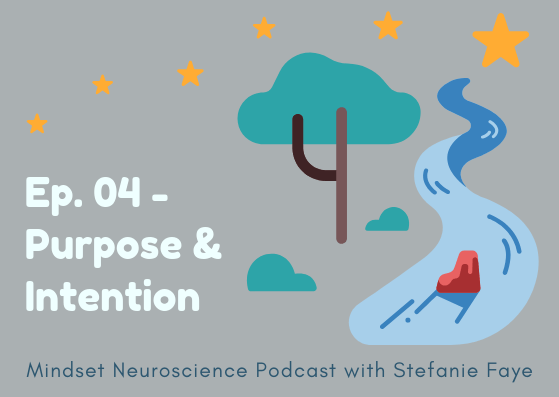Psychological safety’ is a biological requirement for learning and creativity. Period.
The Podcast Episode for this topic is here:
Episode 2: Psychological Safety, Resilience & the Vagus Nerve.
Learning environments that emphasize psychological safety and relationship build better brains.
Simply put, we CANNOT expect people to learn or be creative if they are in a state of defensiveness or vigilance.
The way we’re wired is that we HAVE TO be in a state of physical and psychological safety in order for the higher order features of our brain to be accessible.
The biomechanics of how adverse childhood experiences affect mind-brain-body and social dynamics
We’ll also see is that every person is going to have different thresholds of what makes them feel safe or in danger… so we’re going to cover adverse childhood experiences and trauma and the actual biomechanics of what threatening and stressful environments and relationships do to us.
I’ll also give some ideas on how we can cultivate the physiological state of safety in a learning or work environment in order to help people access more of the human features of the brain, and therefore more of their creativity, imagination and harmonious social behaviors
Even if you are not directly dealing with children, students or people who have suffered trauma, abuse or Adverse Childhood Experiences (ACEs), there is a very high chance that simply because you are human, you’ll be dealing with someone who is dysregulated, and who has unconscious triggers due to their past experiences.
Resources:
Neuroception: a subconscious system for detecting threats and safety (Stephen Porges)
The infant’s sixth sense: awareness and regulation of bodily processes
Child Trauma Academy (Bruce Perry)
Trauma Center at the Justice Resource Institute (Bessel Van Der Kolk)
SevenSlideSeries: Threat Response Patterns (Bruce Perry video)

